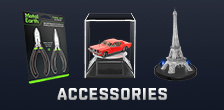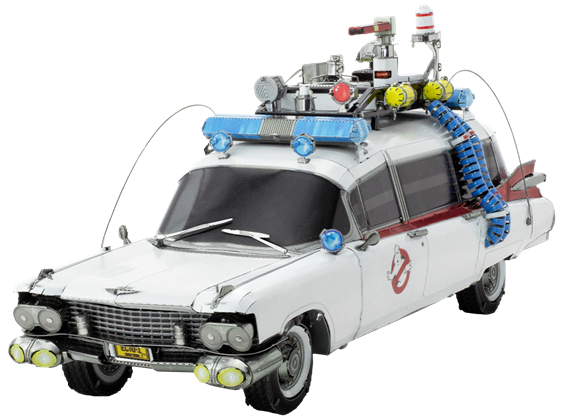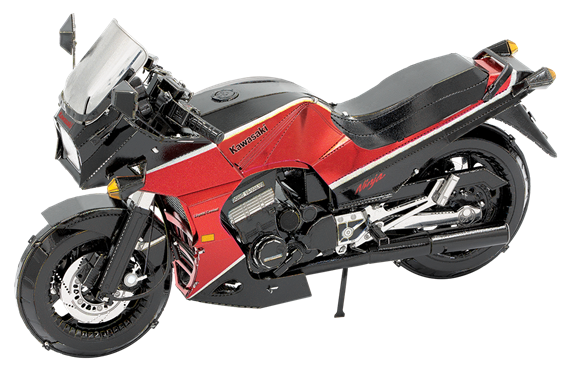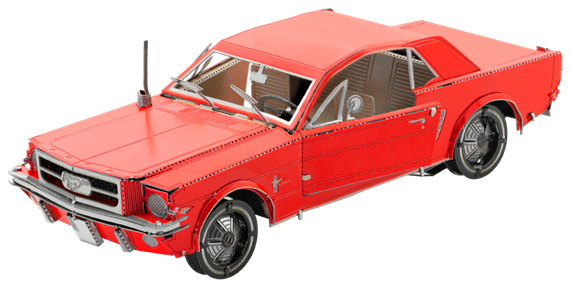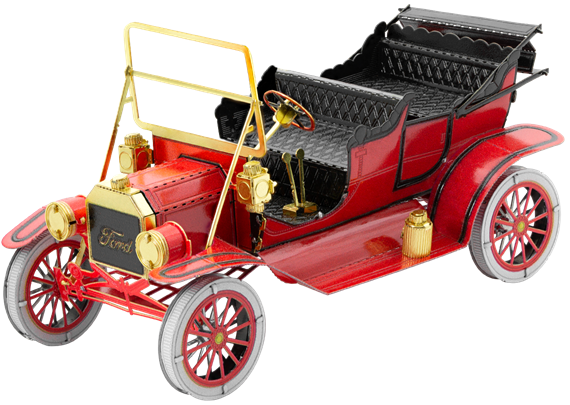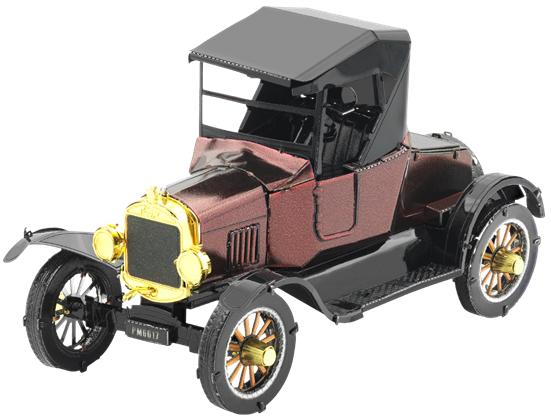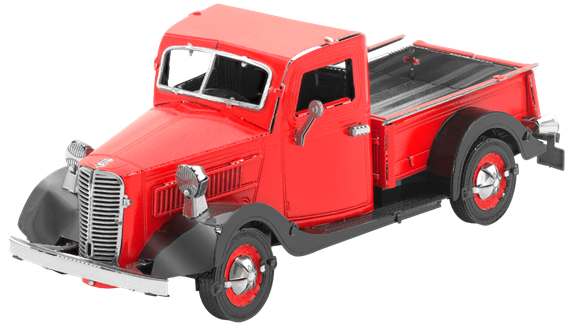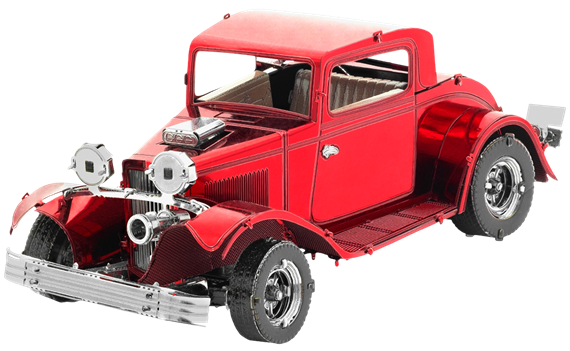Vehicles
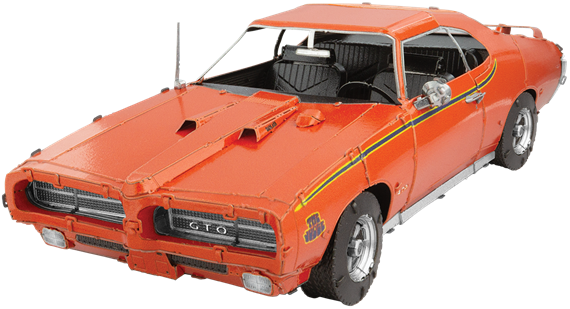
ME1027
1969 Pontiac GTO Judge
3.5 Sheets
Moderate
The 1969 Pontiac GTO Judge was designed from the start to be brash and bold. It featured a powerful V8 engine, unique stripes, a blacked-out grille with optional hide-away headlamps, a rear spoiler, and the requisite 'The Judge' decals that set it apart from other muscle cars on the road.
$0.00
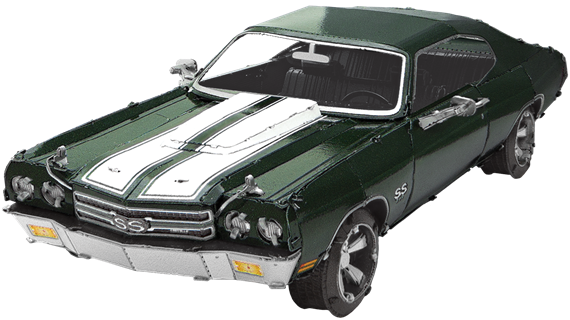
ME1026
1970 Chevy Chevelle
3.5 Sheets
Challenging
The Chevy Chevelle was produced from 1964 through 1977. The creation of the Chevelle Super Sport (SS) in 1966 was an aggressive move by GM to compete against the new powerful Chrysler muscle cars. The 1970 Chevelle SS with its 450 hp engine was ready for drag racing as soon as it rolled off the assembly line.
$0.00
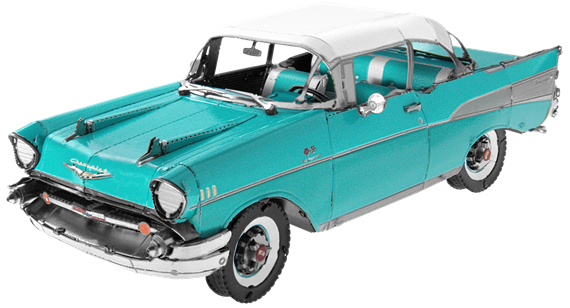
ME1010
1957 Chevrolet Bel Air
3 Sheets
Challenging
Perhaps no vehicle represents Americana more than the classic ’57 Chevy. This iconic automobile is at the heart of many American stories and has been memorialized in song, motion pictures and television. Chevrolet designed the 1957 Bel Air as a luxury trim, featuring an optional Ramjet fuel injection V8, prominent vertical tail fins and a chrome front bumper with stylish torpedo accents under the headlamps. The new bold look and unique features such as signal seeking radio that was usually reserved for highly expensive luxury cars, made this model’s popularity soar.
$0.00
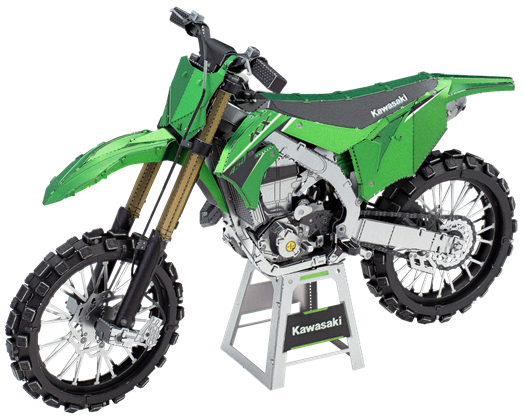
PS2015
Kawasaki KX450
2.5 Sheets
Challenging
The Kawasaki KX450 is a liquid-cooled, DOHC off-road racing bike. Featuring a 449cc engine, the KX450 is the flagship of the Kawasaki motocross and cross-country line, which has won more championships in its class than any other manufacturer.
$0.00
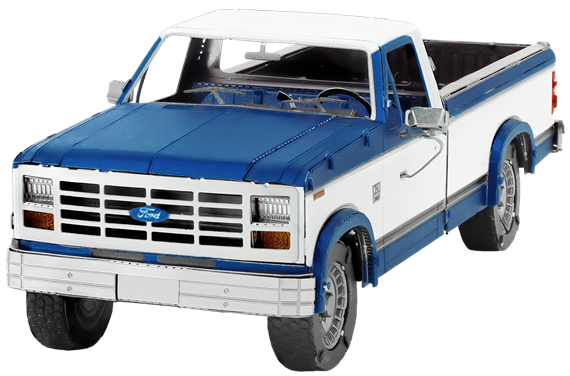
ME1004
1982 Ford F-150
3 Sheets
Moderate
A symbol of Americana, Ford trucks have outsold every other vehicle in US history with the F-150 model reigning as king. The 1982 Ford F-150 was the first model to feature the now iconic blue Ford oval emblem on the grille. This model year also introduced a stronger frame, which would underpin this series for about 15 years.
$0.00
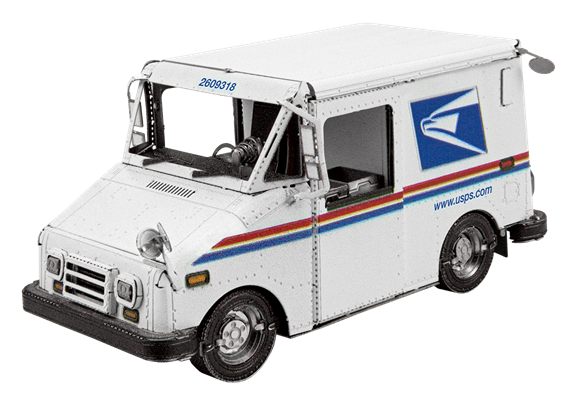
MMS468
USPS LLV Mail Truck
3 Sheets
Moderate
Created for the United States Postal Service, the Grumman LLV is the most common delivery vehicle for postal deliveries in North America. Entering service in 1987, the LLV (Long Life Vehicle) can carry up to 1,000 lbs. of cargo.
$0.00
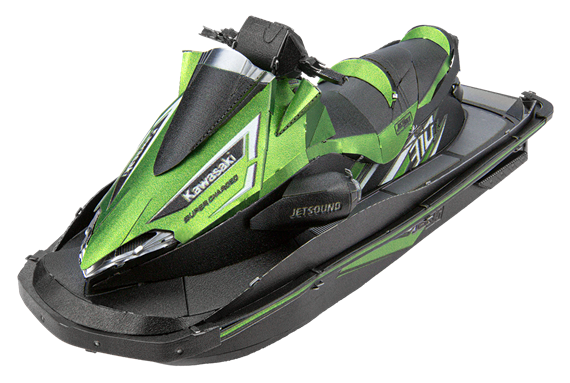
ICX144
Kawasaki Jet Ski Ultra 310LX
2 Sheets
Challenging
The Jet Ski Ultra 310LX is the most powerful production personal watercraft in the world, with a supercharged 1498cc, inline 4-cylinder marine engine with intercooler.
$0.00
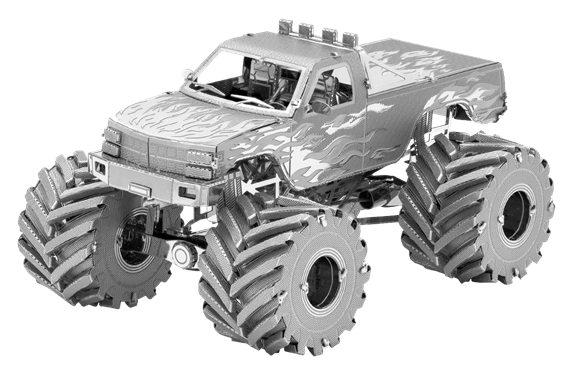
MMS216
Monster Truck
3 Sheets
Moderate
Monster Truck is a specialized truck with a larger suspension and oversized tires, usually for competition and recreational uses.
$0.00
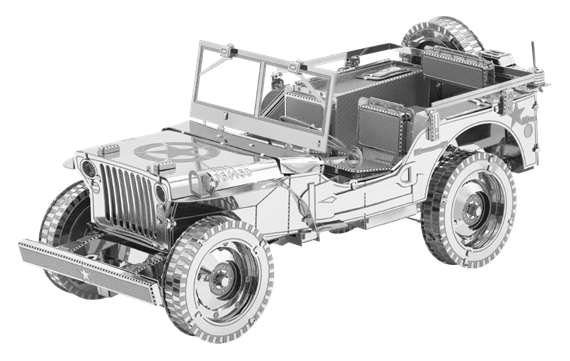
ICX139
Willys Overland
2 Sheets
Challenging
Were highly successful off-road capable, light, military utility vehicles, built in large numbers to a standardized design, from 1941 to 1945, for the Allied forces in World War II.
$0.00















